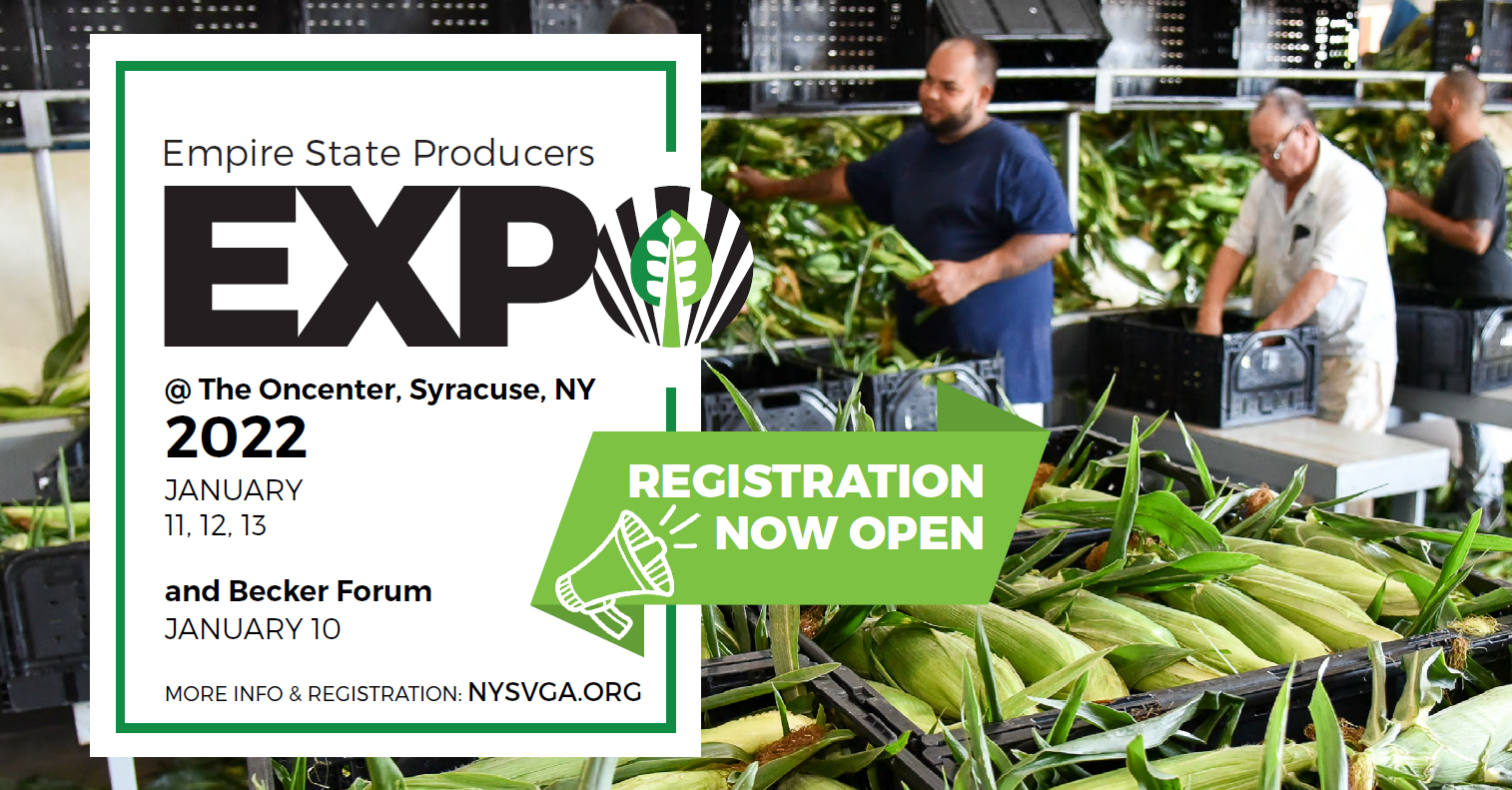Summer farmers market photo by Mark Dalton for Pexels.
By the Farmers Market Coalition
WASHINGTON — The national Farmers Market Coalition (FMC) is excited to announce a partnership with the World Farmers Markets Coalition (WFMC) in the celebration of Farmers Market Week on August 7th – 13th, 2022. In its 23rd year, National Farmers Market Week is led annually by FMC and is a fixture of the summer season for farmers markets across the United States. FMC is thrilled to invite WFMC to join in the celebrations this year and take National Farmers Market Week to an international scale. WFMC is a budding organization that brings together farmers market coalitions, associations and support organizations in nations around the world. FMC in the United States is one of the largest member organizations of the WFMC and, as one of the founding members, has helped shape the organization through its founding. WFMC was recently officially incorporated as a legal entity in Italy, and continues to see rapid growth in activities and membership thanks to support from the Food & Agriculture Organization of the United Nations (FAO).
During the first week of August every year, farmers markets from Alaska to Florida celebrate everything that makes farmers markets important. As local food systems with short supply chains, they are resilient, dependable and provide an essential service to the communities they feed as well as the farmers and ranchers that rely on them. Not only do farmers markets increase access to fresh and nutritious produce, but they also facilitate personal connections between farmers, shoppers and community members. These important community benefits are not unique to farmers markets in the United States, and the WFMC is thrilled to invite more market organizations from around the world to join in the celebration.
This year’s Farmers Market Week slogan is farmers markets don’t just happen, highlighting the importance of farmers market operators, and everything that happens behind the scenes to make vibrant farmers markets thrive in communities across the country. This is well aligned with the mission of the WFMC that seeks to support farmers market management around the globe and promote shared learning about farmers market operations across national lines.
By inviting the WFMC to celebrate and expanding National Farmers Market Week to International Farmers Market Week, FMC believes that the celebration of farmers markets will have a much wider reach and a greater impact in highlighting the value of farmers markets. Farmers markets have massive local economic, ecological and social benefits in communities around the world that add up to huge collective global impacts.
To join in the celebration of International Farmers Market Week, farmers market organizations, organizations that work with food and agriculture, and anyone else interested in joining the festivity can use the hashtag #FarmersMarketWeek on social media and can tag the Farmers Market Coalition (@fmc.org) on all social media channels. FMC provides a toolkit on their website full of free social media templates and graphics for organizations to use. FMC will also host daily conversations with farmers market leaders on their Facebook page at 10am PT / 1pm ET during International Farmers Market Week. The celebration of National Farmers Market Week in the United States and the creation of the toolkit for farmers markets is made possible thanks to sponsorship from Mother Earth News Fair, Square, Farm Aid, Farm Credit, and American Farmland Trust.
In-person, farmers markets around the world will be celebrating on the ground at their farmers markets and inviting market visitors to celebrate with them. Farmers market customers can get out there and support by shopping at their local market!
“Farmers markets serve as the center of community connection, economic development and local food systems resilience in thousands of communities across the country,” shares Ben Feldman, Farmers Market Coalition Executive Director. “This year, we are thrilled that the WFMC will be joining us in celebration and elevating the important work of the people who make farmers markets happen.”
“The absolute best thing you can do to support farmers markets during International Farmers Market Week?” asks Richard McCarthy, President of the World Farmers Markets Coalition. “Think globally by acting locally, and get out there and make some delicious meals with food sourced from your local farmers market!”













